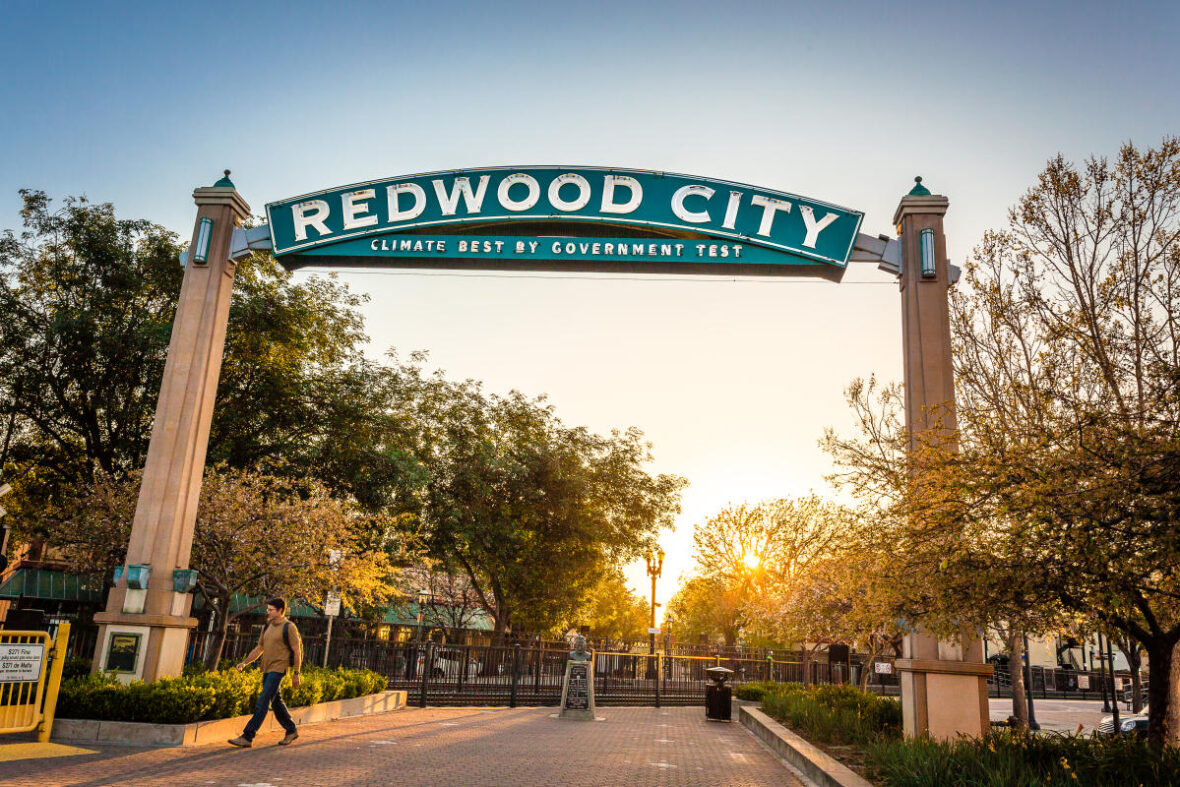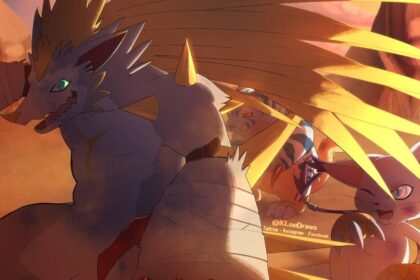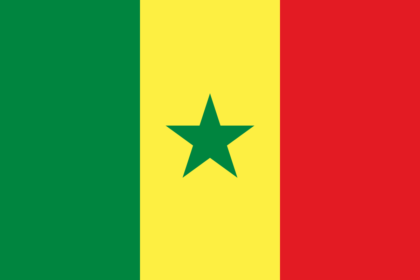Redwood City is a city on the San Francisco Peninsula in Northern California’s Bay Area, approximately 27 miles (43 km) south of San Francisco, and 24 miles (39 km) northwest of San Jose. Take a look below for 20 interesting and amazing facts about Redwood City, California, United States.
1. Redwood City’s history spans its earliest inhabitation by the Ohlone people to being a port for lumber and other goods.
2. The county seat of San Mateo County in the heart of Silicon Valley, Redwood City is home to several global technology companies including Oracle, Electronic Arts, Evernote, Box, and Informatica.
3. The city had an estimated population of 85,925 in 2019. The Port of Redwood City is the only deepwater port on San Francisco Bay south of San Francisco.
4. According to the United States Census Bureau, the city has an area of 34.7 square miles (90 km2), of which 19.4 square miles (50 km2) is land and 15.2 square miles (39 km2) (44.34%) is water.
5. A major watercourse draining much of Redwood City is Redwood Creek, to which several significant river deltas connect, the largest of which is Westpoint Slough.
6. The earliest known inhabitants of the area which was to become Redwood City were the Ohlone who were present when the Spanish claimed the land and established missions.
7. Redwood City incorporated in 1867, being the first city in San Mateo County to do so; it has remained the county seat since the county’s formation in 1856.
8. The land had been part of the Rancho de las Pulgas granted to the Arguello family in 1835 by the Mexican government. Their control was challenged after the Mexican–American War when California became part of the United States.
9. The family lawyer, Simon M. Mezes, in 1854 defended the claim somewhat successfully and was allowed to buy the part of the estate that is now Redwood City. Mezes sold some of the land to people already squatting on it along the banks of Redwood Creek and named the settlement “Mezesville.”
10. Though the city did not keep that name, Mezes Park still exists on land that Mezes had given for open space.
11. In 1907, Eikichi and Sadakusi Enomoto, Japanese immigrant brothers, grew what may perhaps have been the first commercially grown chrysanthemums in the United States in Redwood City.
12. In 1926, the chamber of commerce proclaimed the city the “Chrysanthemum Center of the World” though the internment of Japanese Americans in 1941 and other factors would contribute to the end of flower growing as a major industry in the city.
13. Redwood City stretches from the San Francisco Bay towards the Santa Cruz Mountains between San Carlos to the northwest and Atherton to the southeast with Woodside to the southwest. It is divided by Highway 101 and further inland El Camino Real on the northwest–southeast axis and Woodside Road on the north-northeast/south-southwest axis. Locally, the former two are regarded as north–south and the latter east/west, as 101 and El Camino connects Redwood City to San Francisco and San Jose and Woodside Road runs from San Francisco Bay to the Santa Cruz Mountains.
14. Neighborhoods include Bair Island to the northeast of Highway 101. The northern gated community of Redwood Shores also to the northeast of Highway 101 is part of Redwood City, although it is not possible to travel by road from one to the other without passing through the neighboring city of San Carlos, or through Belmont via unincorporated San Mateo County.
15. Stretching along Highway 101 to the southeast of Woodside Road is Friendly Acres, further inland and still to the southeast of Woodside Road are Redwood Village and then Redwood Oaks. Most neighborhoods are to the northwest of Woodside Road and southwest of Highway 101. Centennial, Downtown, and Stambaugh Heller are adjacent to 101. Next inland are Edgewood, Mt. Carmel, Central and Palm then Canyon, Eagle Hill, Roosevelt, and Woodside Plaza. Furthest inland is Farm Hills (or Farm Hill).
16. Neighborhoods associated with Redwood City but not part of the incorporated city include Emerald Lake Hills and Kensington Square inland and to the north and North Fair Oaks to the southeast. Palomar Park, just north of Emerald Hills and east of San Carlos’ Crestview area, is another Redwood City neighborhood that is formally part of unincorporated San Mateo County. Although Redwood City has a large middle class, the southeastern section of Redwood City strongly resembles working-class North Fair Oaks in both demographic makeup and income level.
17. In an attempt to revitalize Redwood City’s downtown, city officials decided to consider development. In February 1999, the San Mateo County History Museum opened inside the old San Mateo County Courthouse in downtown Redwood City.
18. The courthouse had been built in 1910 and in the late ’30s an addition was built in front of the original structure, obscuring the view. As part of the revitalization, this addition was torn down and replaced with a large courtyard flanked by water fountains on either side, leading to the main steps of the courthouse. The courthouse’s glass dome is lit at night and changes colors every 11 seconds.
19. In August 2006, a 20-screen theater and various shops opened in a prime downtown location. The theater complex boasts restaurant and retail space at street level and a two-level underground parking structure.
20. Davante Adams, professional football wide receiver for the Green Bay Packers, was born in Redwood City




